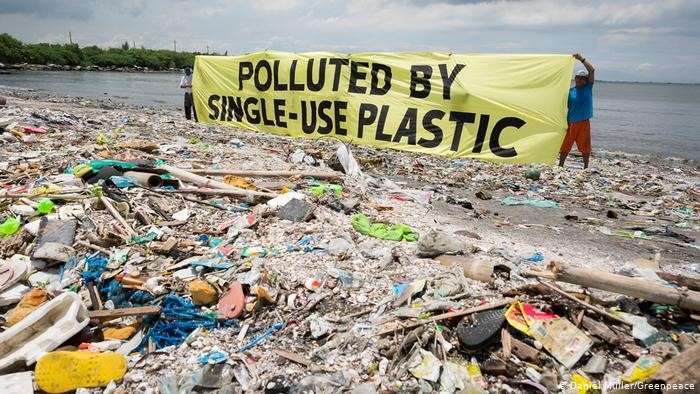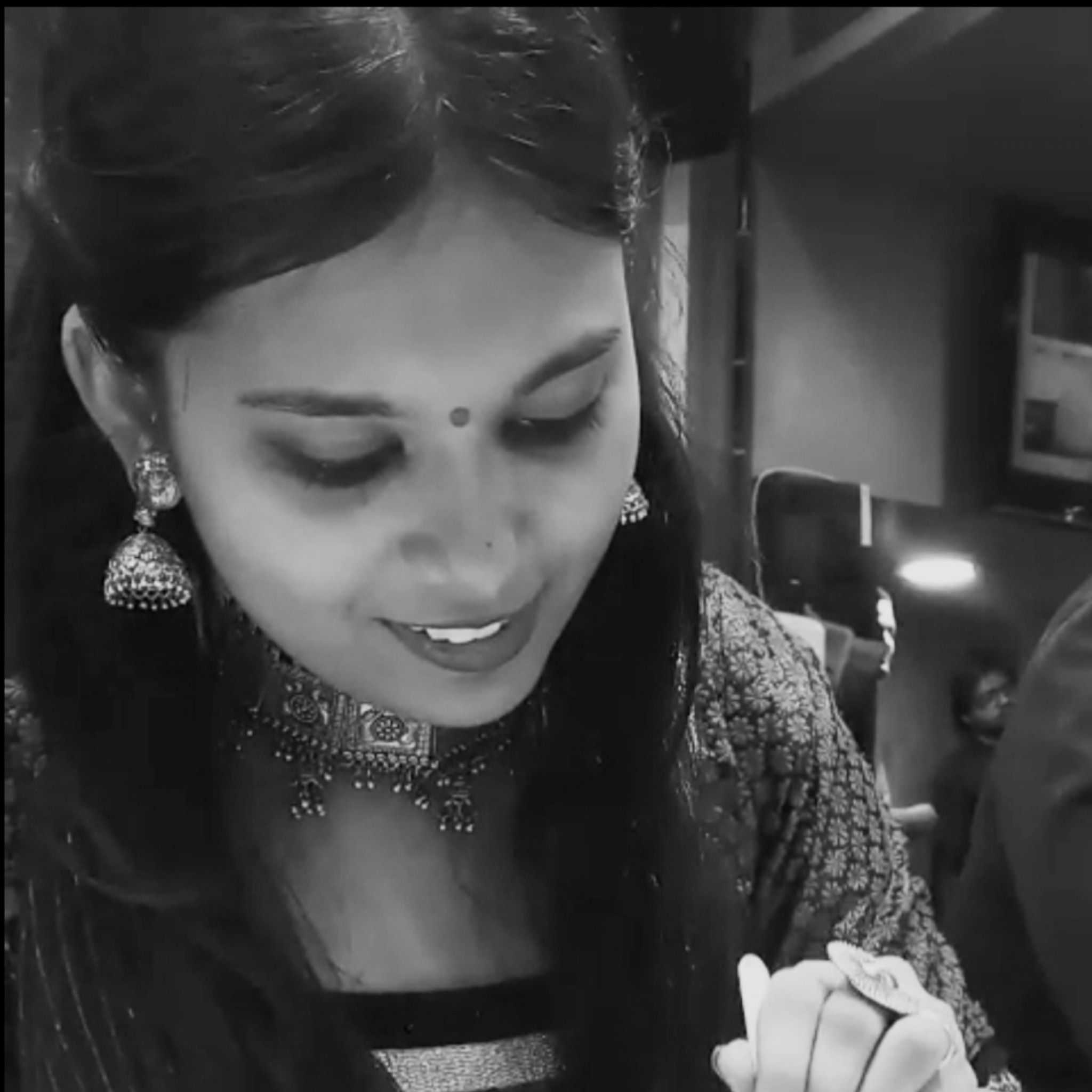The philosophical approach through understanding the psychological needs of humans resulting in joyful spaces
“Cities have the capability of providing something for everybody, only because, and only when, they are created by everybody.”Jane Jacobs, The Death, and Life of Great American Cities
Cities are an essential
part of our planet earth. It has been unfolded through years of recognizing the
physical, social, and environmental needs of nature and humans. Our soul as a
city should be pure and beautifully framed in a flawless manner. I don’t
believe that there should be intent design for any city, primarily in India, as
a diverse nation. We are the outcome of evolution through our culture and
beliefs which makes us unique and our metropolia should also illustrate our
uniqueness. City, moderately continuous and highly organized center of
population, of greater size or importance than a town or village. The name city
is given to certain urban communities by some legal or conventional distinction
that can vary between regions or nations. In most cases, however, the concept
of the city refers to a particular type of community, the urban community, and
its culture, known as “urbanism.”
I always wonder “What
represents the city?”
Like all buildings,
Hospitals, High rises, Railway stations, Institutes.
OR
Like Music, Art, Theater, Elements, Stories, Mysteries, Technology.
I believe cities are our anecdotes, identities, mysteries creating a chaotic art that can be analyzed in infinite ways. They shape us, creating a place for our sorrow and happiness, of our joy and discovery, of our culture and belief, of our community and experiencing self. I formerly had a dream about the perspective from my window narrating the tale with different compositions and reviving the essence of social engagement which has vanished in the 21st century.
“Architecture can't force people to connect, it can only plan the crossing points, remove barriers, and make the meeting places useful and attractive”Denise Scott brown
“A view through my window”
Sitting in a bay window,
With the cup of tea,
Feeling the cool breeze and staring outside,
I saw vivid chequered glass windows,
With contrasting dark color huge textured walls,
Leading to a narrow pathway carved out of stone,
Engaging people to cross the paths,
Conversing, sharing joy and sadness,
In the presence of falling leaves,
Brought a smile to my face,
As I was interpreting stories through my window,
In my dream.
A community is full of
explorers, thinkers, dreamers crossing the path of each other should be the
core notion of the cities. I believe we can organize paths in a specific manner
that will enrich the values of society. India is a country known for its
moralities, culture, and beliefs which should never be mistaken while designing
cities. We restored our historical buildings and monuments to preserve our
values and architectural manifestation interpreted in the building but I was
always wondering if anyone will preserve our buildings or cities constructed in
the 21st century? Our major obstacle is that we have executed mass production
of buildings and ignored the living people in the society. But it is said that
it is never late to restart and reconsider. In the 21st century, it is a
crucial time which would be a choice for an extreme idea considering the next
generations to learn, creating our cities more uniquely poetic rather than
analogous.
The philosophical
approach through understanding the psychological needs of humans resulting in
joyful spaces.
Developing cities define
the equivalence of our culture. It represents our ideas, creators, thoughts,
dreams, techniques shaped in a reality, but enforcing our beliefs, values,
traditions, and people’s participation as the core notion should be ideal.
Sensitivity towards the climate, local material, art, and craft makes the city
suitable to the role, narrating a story of hardships and creativity. I have
observed some buildings carved from local materials, representing the rawness.
Textures depicting the user to touch and feel it just like a kid.Chowks and
gathering spaces for old people to share their tales while sandy ground for
children to tumble and play.Narrow streets protecting from the harsh sun,
functionally and aesthetically artistic for the city. The soul of the city lies
in the public places representing our local culture, art, lifestyle, food which
is so myriad from city to city in India that it makes a pleasant and incredible
experience for humans.
Architecture for cities is not a conceptual idea but it creates an alternative to developing the relationship through our knowledge of elements, space, light, organization pattern, diversely combined all our learning in the formation of magical realism. People behave contrarily and relate to space which creates a diverse experience for them. As an architect, we can't decide to regulate their experiences but we can build spaces that become the dominant factor. Senses assist us to experience the surroundings around us. Understanding nature, materials, textures, closeness, openness, and linking them in elements like arches, windows, doors, balcony, chowk, creates an enormous experience to remember it. I always wonder regarding my home and my train of thought leads me to elements such as windows, doors, ceilings, gardens. Likewise, we humans have emotions such as love, anger, fear, surprise. Our house is incomplete without these elements and also we are empty without our emotions.
Based on the
understanding of the people’s needs these are few approaches for rethinking the
designing of our city.
1.Understanding history
of the specific city.
History is the identity
of the city's art, music, literature, theater, movies, lifestyle developed
through particular values, manners, beliefs, techniques resulting in a chaotic
place. Understanding the past is the first approach for the advancement of our
society’s needs.
2.Designing community
landscapes.
Community spaces are the
artistic lifestyle of the people. Serves as the gathering space to share the
dialogues, discussions, play, and explore the various cultures diversely
settled together. It’s an open human library to learn from one another. It
develops the impression in our minds through our perception and creating an
experience.
“Only architecture that considers the human scale and interaction is successful architecture.”Jan Gehl
3.Including green
spaces.
Green spaces include the
implementation of nature in our life-style.21st century is so rapidly advancing
in technology that everyone seems busy in their work and hardly finds time to
connect with nature. The sensory architecture includes an understanding of the senses and implementing it for human experiences. It is said that spending some
time around nature, calms our body, soul, and mind. Green spaces include
terraces, parks, gardens, experiencing through our senses.
4.Closeness and the openness of spaces.
Building mass and
openness in the city creates the fabric which defines the volume, character,
elements adopted through climatic conditions, and building materials. Climate
plays an important role while rethinking the future of our cities. It includes
the problems created by humans and tries to find solutions for them while not
damaging our climatic conditions. Pollution, Waste management, Plastic
reconsideration, material efficiency are the major categories to observe for
our future cities.
5.Streets for people
Streets,khadki, narrow
pathways are intimate elements of any city. They represent the lifestyle of the
people being open or confined. They also represent the activities defining the chores
of the day. Streets for people is a well-known concept of actively bringing
people together. Streets designed considering people’s needs like walkways,
plantations, cycle tracks, disabled walkways, places for street vendors, book
shops, should be ideal in any city anticipating the cultural assets of the
place.
6.Technology as a tool
to explore
We have evolved in all
fields from arts to science, resulting in the advancement of technology.
Biotechnology is a new door for the 21st century with a thorough understanding
of nature’s ecosystems and their ways to use as modern construction materials.
“First life, then spaces, then buildings – the other way around never works”Jan Gehl
So, the 21st-century city
demands a new urban scholarship that is more ambitious about the possibilities
of intervention in the metropolis while being more modest about recognizing the
challenges. The universally rational has been replaced by the paradoxical sense
that while we can know more and more about the city in real-time, we know less
and less about the future metropolis in the longer term. The city is
increasingly legible through forms of data, information, and sensing that can
render some forms of pattern and flow remarkably predictable. But the complex
‘systems of systems’ that constitute the city mean that it is systemically
open; it is subject to ever novel, binary disturbing combinations of culture
and nature, infrastructure and agency, economy, and society. Our vision for our
city should be finding simplicity in the existing chaos. The future of using
fewer materials, more human interactive spaces, sustainability, and an
eco-friendly environment can be the ideal strategy for cities of India. Our
cities' concerns can be discussed in academics and young minds can contribute
to formulating a better future according to human needs. Awareness and
responsibility are the two sides of the coin to understand our concerns and act
as a responsible citizen.
"The New Urbanists
want to have lively centers in the places that they develop, where people run
into each other doing errands and that sort of thing. And yet, from what I've
seen of their plans and the places they have built, they don't seem to have a
sense of the anatomy of these hearts, these centers”
Jane Jacob contended that
the creation of automobile infrastructure results in the unnatural division of
pre-existing neighborhoods, creating unsafe environments and thereby severing
community connections. In the years leading up to her death, she discussed ways
in which communities could recover what they lost as a result of poor foresight
in earlier city planning efforts.
“Nothing in this world is more simple and cheaper than making cities that provide better for people”.
Jan Gehl
References
https://www.britannica.com/topic/city
https://theculturetrip.com/europe/articles/the-9-best-cities-for-urban-design/
https://centerforthelivingcity.org/janejacobs#citizen-jane-battle-for-the-city\
https://www.archdaily.com/502096/happy-birthday-jane-jacobs
https://www.urbantransformations.ox.ac.uk/blog/2019/knowing-the-21st-century-city/
Related Articles
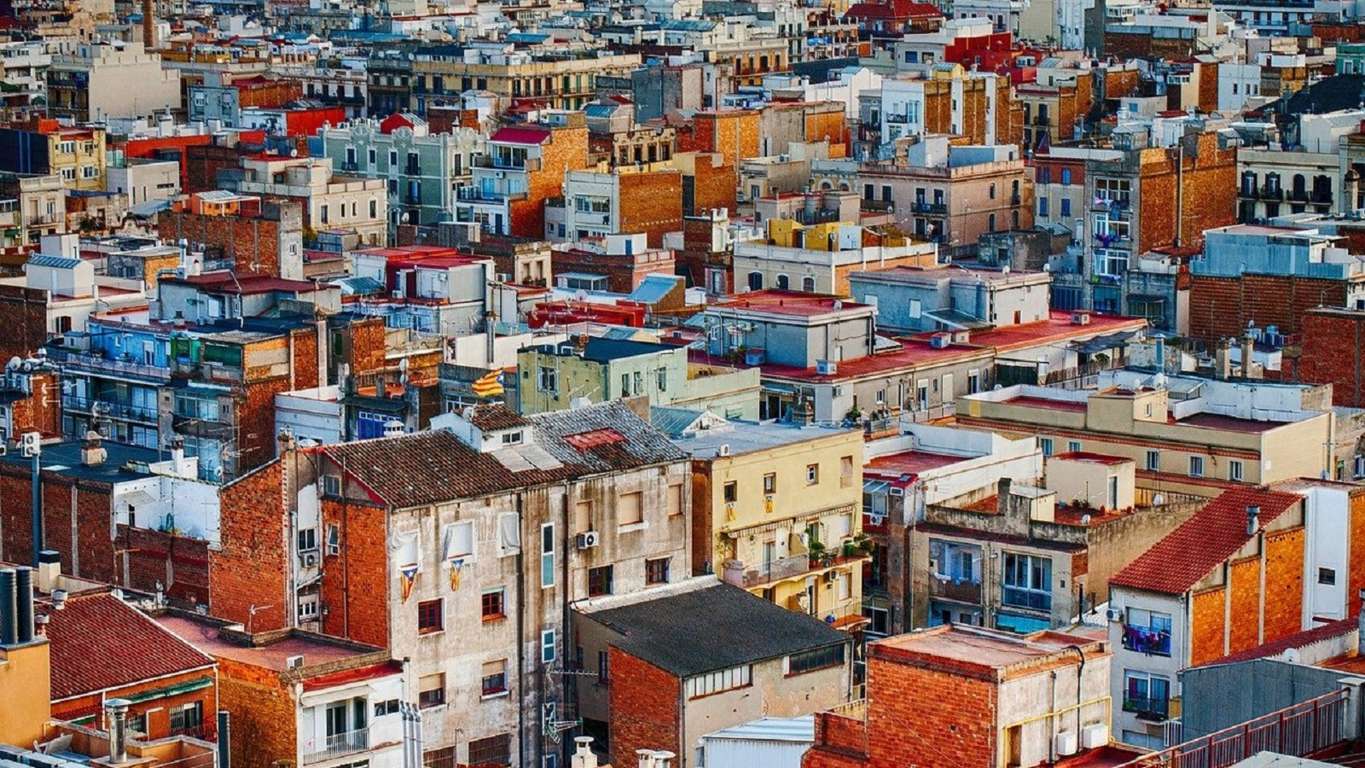
The New Landscape; Urbanisation in the third world
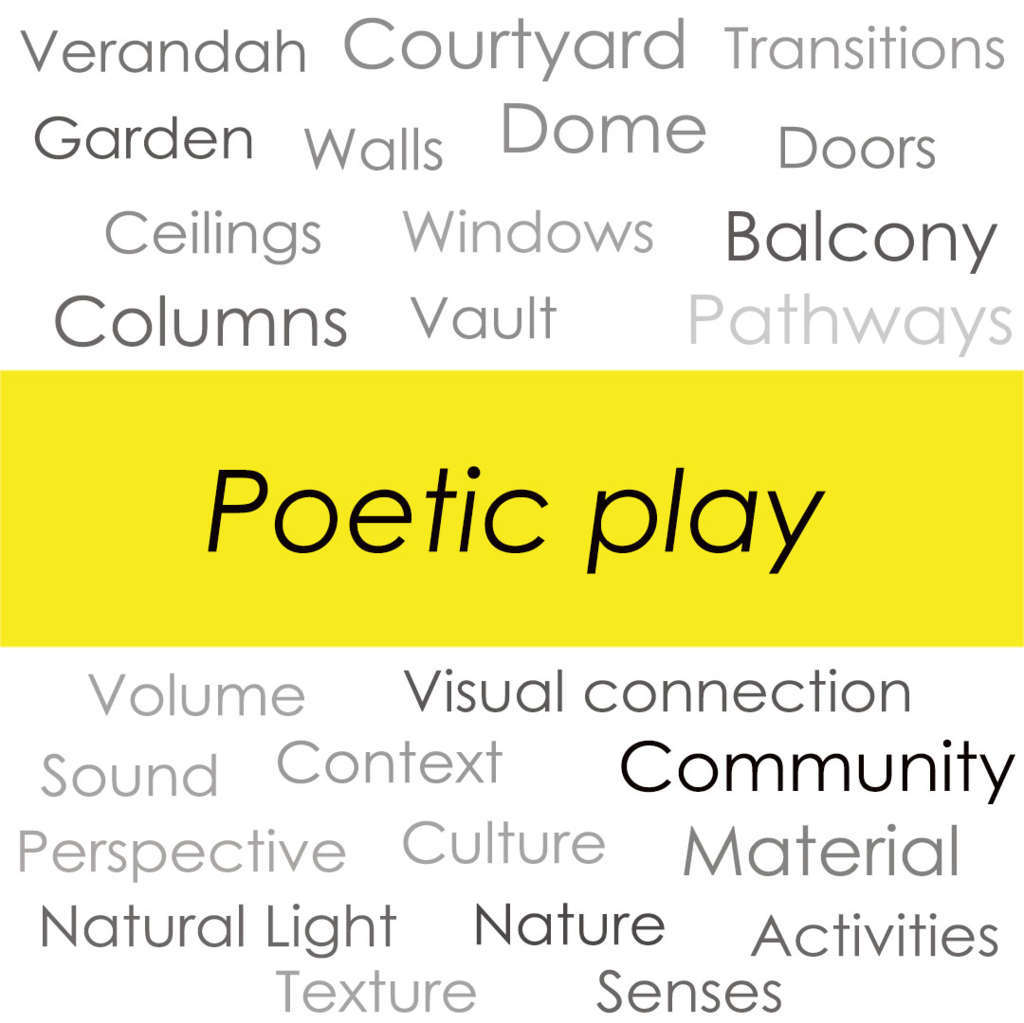
DOES OUR ROLE AS A HUMAN BEING AND AS AN ARCHITECT IS DIFFERENT?
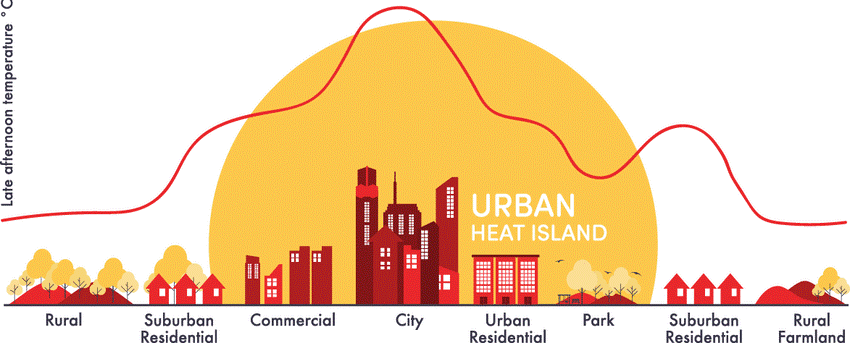
URBAN HEAT ISLANDS
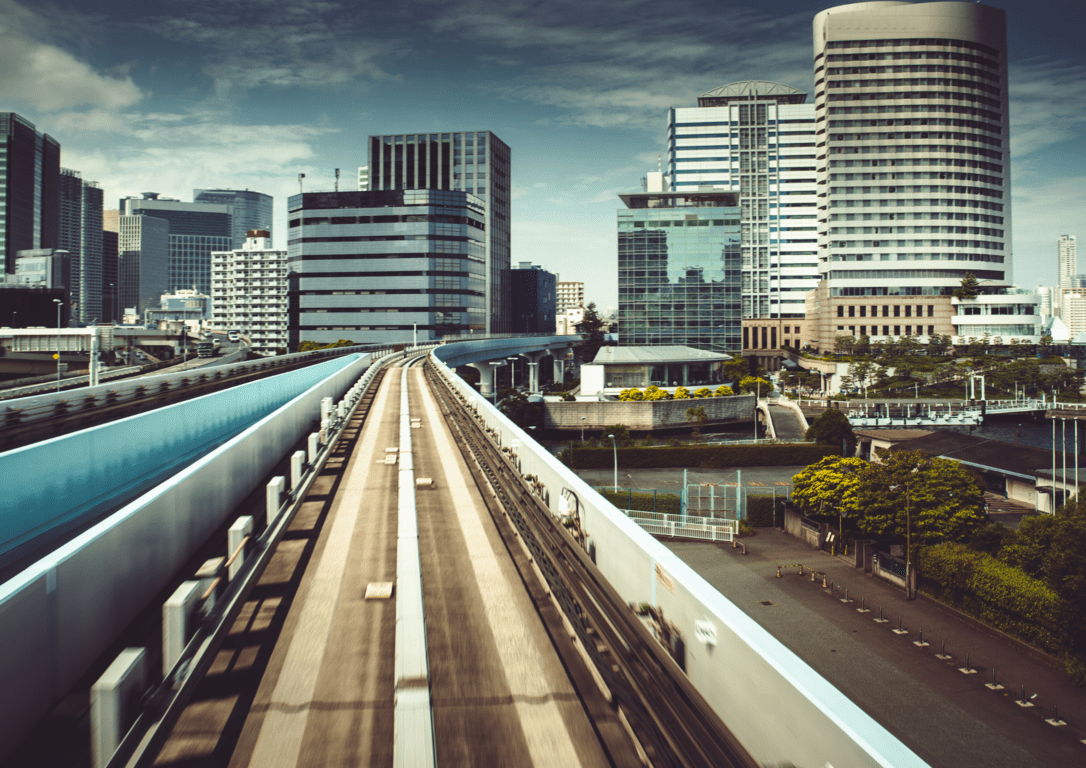
Introduction of Transit Oriented Development in metro cities: A case study of Kochi
